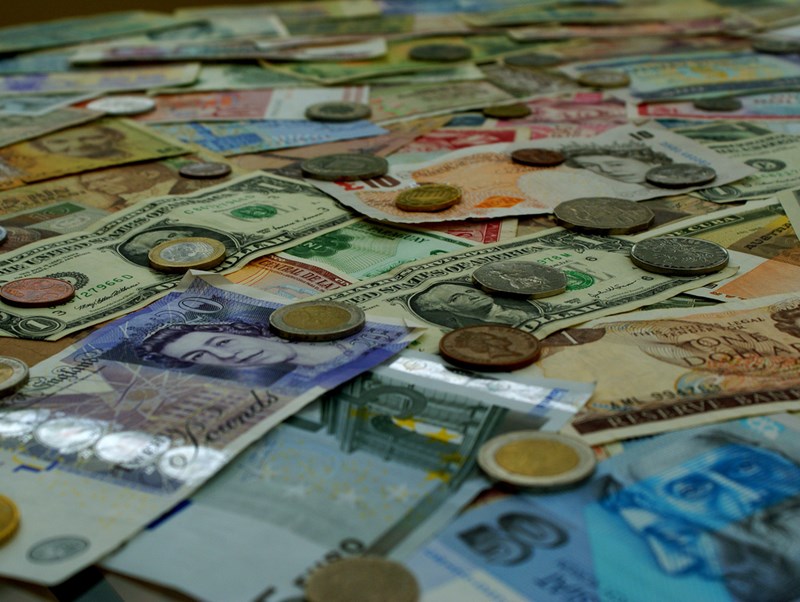
We don’t always think about the cost of using cash on holidays but there are pitfalls. It can be harder keeping track of how much you are spending and what exchange rate you are receiving at each withdrawal. Bank transaction fees and ATM cash fees combined with the exchange rate can bring your cash withdrawal of £500 to £445 in your hand.
Once you have the cash and are on the subway, at the beach, bar, or in any busy tourist spot, pickpockets are on the lookout for you to flash your cash. One commonly reported trick is a group of a few people creating congestion around you and one causing a distraction. See the various tricks and the tell-tale signs in these videos by the British Transport Police.
Even so, a recent survey by Columbus Direct found that cash is the most popular method of holiday spending with over 97% of people surveyed opting to take cash abroad.
| Payment Methods | Yes | No |
| Cash | 97.40% | 2.60% |
| Credit cards | 83.50% | 16.50% |
| Debit cards | 89.20% | 10.80% |
| Currency cards | 27.30% | 72.70% |
| Travellers cheques | 21.90% | 78.10% |
So you have made it back to Britain safely and find left over currency languishing in your wallet. The Columbus Direct research also found that there is roughly £390 million in foreign currency laying around British homes – an average of £40 per UK household.
| Spare foreign currency at home | % of respondents | Respondents |
| £0 - £10 | 43.43% | 86 |
| £11 - £25 | 18.69% | 37 |
| £26 - £50 | 19.19% | 38 |
| £51 - £100 | 6.57% | 13 |
| £100 + | 12.12% | 24 |
Using a prepaid card abroad may cost less and be safer than carrying cash and withdrawing cash with a debit card. For example, Caxton FX currency cards do not charge a fee for international point of sale or international ATM transactions. You can keep an eye on your budget by checking the balance through SMS or the App. You can load them online, over the phone, by SMS or App and you can sleep easy knowing it’s not connected to your bank account.
And you can redeem your part of the £390 million in currency you bought back. More on that story (based on our research) in the Mail Online.
Photo Credit: Flickr - pfala